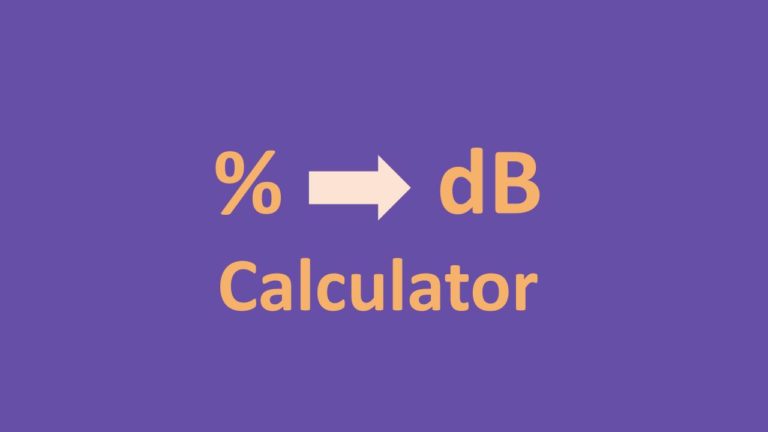

"It takes Bob 3dB more time to run a mile than it takes Jill."."The distance from New York to Tokyo is 5.9dB more than the distance from Chicago to Los Angeles.".The following statements are perfectly valid: In contrast, decibels are simply a way of comparing two arbitrary values on a logarithmic scale.Įven though decibels are commonly used to measure sound levels, they can be used to compare any two values. Standard units of measurement (like meters, gallons, degrees Celsius, seconds) always measure physical quantities against a constant reference. The first thing to understand about decibels is that they are not units of measurement. It is almost never used, as the deci-bel (1/10 of a Bel, since "deci" is the SI prefix meaning "one-tenth") is far more convenient. The official unit is the Bel, which is an order of magnitude or a power of ten, a single unit in the logarithmic number system. The unit they invented was initially called the Transmission Unit (TU) but was quickly renamed to the decibel (dB), in honor of telecommunications pioneer Alexander Graham Bell. This decibel unit allowed engineers to eliminate the previously-required complex calculations, and instead use simple addition. To simplify these calculations, Bell Telephone Labs invented the decibel for describing the magnitude of power loss. Predicting and measuring the performance and efficiency of these long-distance transmission lines involved complex calculations, especially when summing the power loss over multiple segments of long-distance transmission cables. In the late 19th and early 20th centuries, telegraph and telephone lines were quickly circling the globe. While decibels are most commonly thought of as describing sound volume, one might be surprised to learn that the origins of the decibel trace back to measuring electrical power loss over long-distance transmission cables. This article aims to describe decibels in an easy-to-understand way, and help to avoid common misunderstandings surrounding decibels. However, decibels are frequently misunderstood because they aren't particularly intuitive, and the underlying math behind decibels is not just everyday arithmetic. Which units are 10log and which are 20log?ĭecibels are a fundamental way for us to measure various electrical and acoustical quantities that are associated with sound.The decibel is not a unit of measurement.The 3 in 30 dB corresponds to the number of zeroes in the power ration ApplicationsĪ transmission medium offers. Consider an amplifier with an output of 100 watts when the input is 0.1 watts(100 milliwatts) it has an amplification factor ofġ0 log 1o (P 2/P 1) = 10log (100/.01) =30dB The logarithmic characteristic of the dB makes it very convenient of expressing electrical power and power ratios. The power gain is the ratio of the output power into the input power.

The decibel equation of power gain to decibel The voltage ratio of the output voltage into the input voltage The decibel equation of Voltage gain to decibelĭecibel (N B)= 10log P 2/P 1 = 20 log E 2/E 1 = 20 log I 2/I 1 in dBĭecibel (N B)=10log P 2/P 1 = 20 log E 2√Z 1 / E 1√Z 2 = 20 log I 2√Z2 / I 1√Z 1 in dB Understanding Confidence Levels: What’s the Alpha Value?


 0 kommentar(er)
0 kommentar(er)
